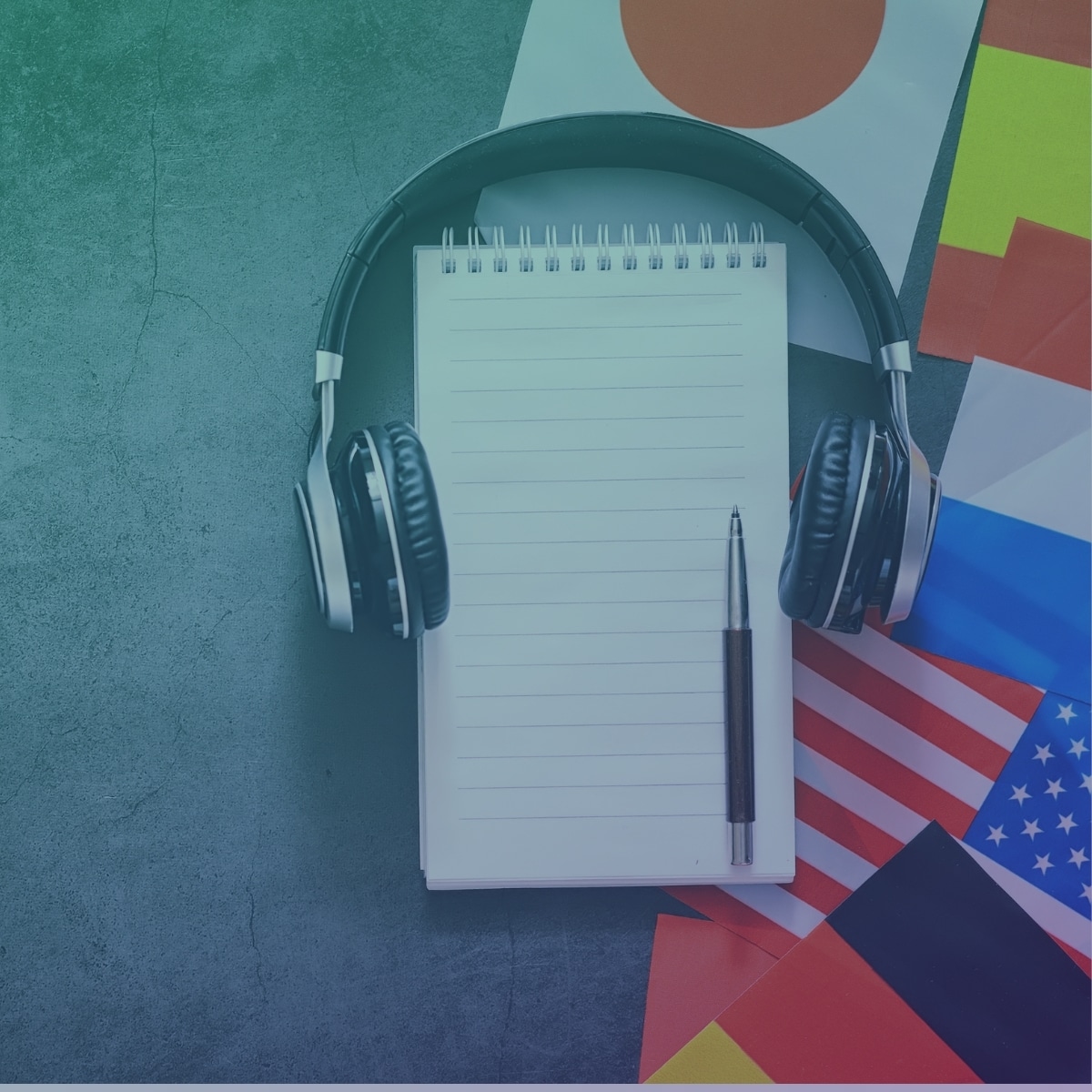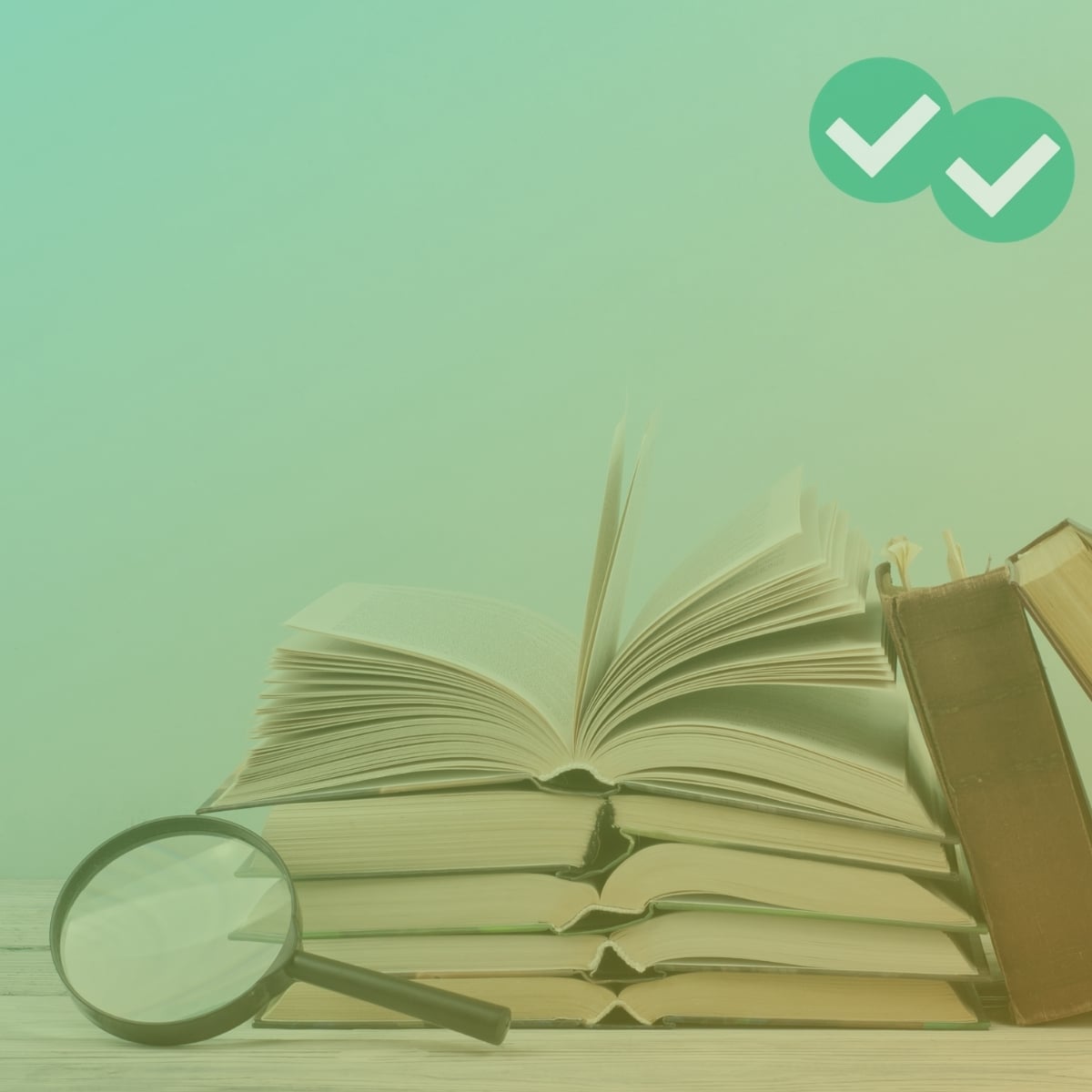
When it comes to using IELTS vocabulary, the Speaking section deserves special attention. To begin with, IELTS Speaking vocabulary is a huge part of your Speaking score. In fact, “lexical resource,” meaning variety and range of vocabulary, makes up 25% of your IELTS Speaking score. So you need to develop a good range of high-level vocabulary.
But there’s more to learning Speaking vocabulary than just memorizing words and definitions. Let’s explore what makes this section unique and challenging compared to other parts of the IELTS.
For more on how this section is scored, see the official IELTS Speaking band descriptors PDF.
IELTS Speaking Vocabulary: A Little Academic, A Little Conversational
In IELTS Speaking Part 1 and IELTS Speaking Part 3, you need to actually use vocabulary in a live, ongoing conversation. You can’t pause to think of the right word, the way that you would in IELTS Writing. You are expected to respond immediately to vocabulary words you hear. You have little time to pause and think about what you’ve heard. This means you’ll need more than just passive listening or reading skills in conversational vocabulary.
Part 2 of IELTS Speaking is even more of a special case. This is the IELTS Speaking “long turn.” Here, you need to give a speech—2 to 3 minutes long—where you express a personal opinion about a social issue. This is similar to the kind of talk you might give in a university speech class. So you’ll need to know the vocabulary of formal speech, rather than conversation… and you’ll need to know some good academic transition words.
IELTS Vocabulary for Speaking: Parts 1 and 3
In IELTS Speaking Part 1, you’ll have a fast-paced conversation about your personal experiences. In Part 3, you will again have an active, personal conversation. The difference is that in Part 3, you aren’t just giving basic facts about your personal life. In this final section of IELTS Speaking, you also reflect on your personal life. This means you state your opinions about personal experiences you’ve had, and describe how these experiences affected you.
The topics of discussion in IELTS Speaking Parts 1 and 3 vary, but there are several common topics. You can find example questions for these topics in Magoosh’s IELTS Speaking Topics PDF.
IELTS Vocabulary for Speaking: Part 2
IELTS Speaking Part 2 serves as a kind of “bridge” between Parts 1 and 3 of the IELTS interview. After giving basic personal facts in Part 1, Part 2 gives you a chance to reflect on your personal experiences in a longer speech.
The Part 1 and Part 3 vocabulary words are also potentially useful in IELTS Speaking Part 2. However, IELTS Speaking Part 2 requires you to use additional types of academic words. You’ll need your speech to be just a little bit more formal than usual.
Don’t worry—you don’t need to use the highly formal vocabulary you’d use in IELTS Writing. Your speech can still have a natural, informal tone, for the most part. But it is a good idea to use formal transition words.
Because you are talking “solo,” without any replies from your interviewer, strong transition words are important. They help your interviewer understand your ideas, even though he or she cannot stop you to ask for clarification or extra information. In our IELTS Vocabulary PDF, you can find a list of formal transition words for the Speaking long turn.
Additional IELTS Speaking Vocabulary Resources
Ready to work on your IELTS speaking vocabulary? Check out these resources to get started:
- The Complete Guide to IELTS Speaking, to learn everything you need to know about the Speaking section.
- High-Level Words for IELTS Speaking, for skills-building advice.
- Magoosh IELTS Vocabulary PDF, for a comprehensive IELTS vocabulary word list.
- Top Ten IELTS Speaking Tips. This is not specifically a vocabulary resource, but these strategies are a powerful tool to help you apply all of your Speaking skills, including vocabulary.
To continue your IELTS vocabulary journey in other sections, check out our free guides to IELTS Listening and Reading words, IELTS Writing Task 1 vocabulary, and IELTS Writing Task 2 vocabulary.






Leave a Reply